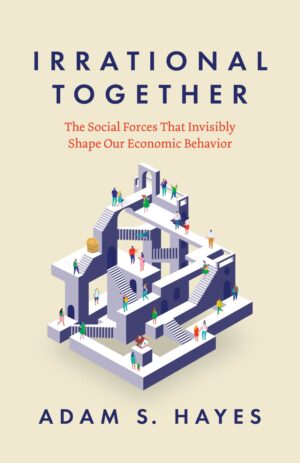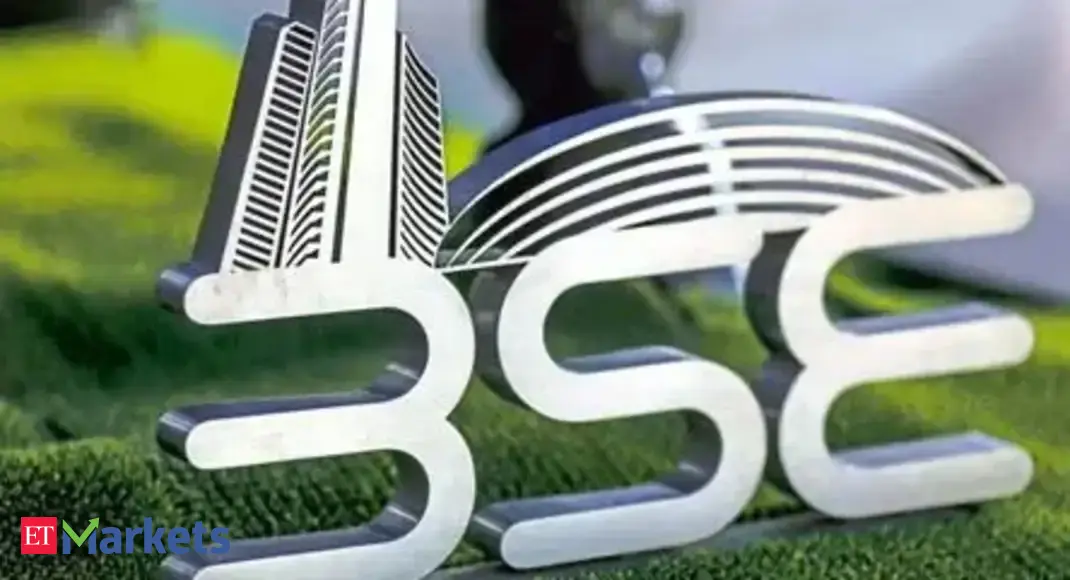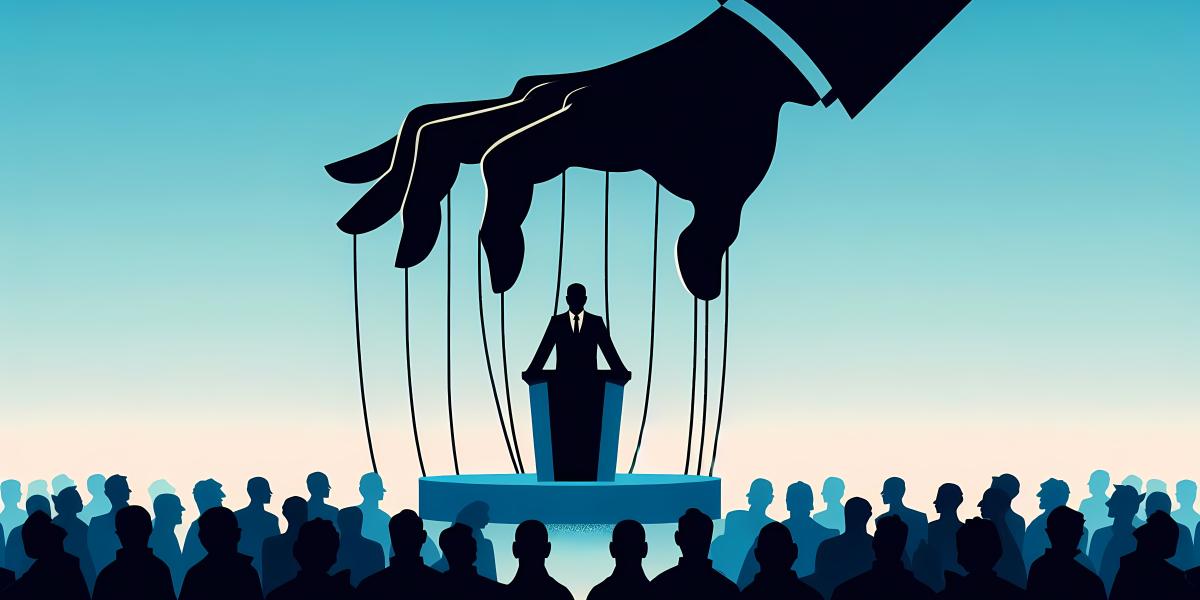This is Naked Capitalism fundraising week. 1321 donors have already invested in our efforts to combat corruption and predatory conduct, particularly in the financial realm. Please join us and participate via our donation page, which shows how to give via check, credit card, debit card, PayPal, Clover, or Wise. Read about why we’re doing this fundraiser, what we’ve accomplished in the last year, and our current goal, Karōshi prevention.
This humble blogger has never been keen about discussing the stock market, since it’s driven overmuch by hopium and manipulation, as in share buybacks. However, growth in the US now largely depends on the capital expenditures of a very small number of companies making ginormous wagers on AI…when they have very little in the way of corresponding revenues. These wagers are nearly all on large language models, which as we have pointed out repeatedly through links in Links and sometimes user commentary, do not deliver reliable results. Even worse, per a recent MIT study, 95% of the pilots at companies are failing. Yet virtually no one seems willing to stand back from the intensely-hyped story of inevitability and bright shining uplands.
For those who want a dose of sobriety, along with lots of contra-narrative details, please go straight to Ed Zitron’s site. His latest post describes at length (among many other things) how evidence of LLMs getting better is thin at best, and include many tart observations, such as:
Where we sit today is a time of immense tension. Mark Zuckerberg says we’re in a bubble, Sam Altman says we’re in a bubble, Alibaba Chairman and billionaire Joe Tsai says we’re in a bubble, Apollo says we’re in a bubble, nobody is making money and nobody knows why they’re actually doing this anymore, just that they must do it immediately.
And they have yet to make the case that generative AI warranted any of these expenditures.
Recall that Alan Greenspan deemed dot-com valuations to represent “irrational exuberance” at the end of 1996, yet the bubble didn’t start deflating until March 2000. And as often happens with manias, it had a three-month blowout phase right before its demise.
At least with the Internet frenzy, there were colorful justifications for business models which no way, no how would ever generate a profit. They were being valued on “eyeballs”. Perhaps with AI, there is a valuation justification somewhere that actually pencils out. But as Zitron and others have pointed out, the big spenders are generating paltry revenues, let alone profit, and have yet to make a case as to how and why that will change.
Rather than debate the possibility that AI will make a massive turnaround in terms of cash income to its big backers, let us remind readers what will be in store if and when the party ends. The big wild card is that stock market plunges, unless they were fueled to a marked degree by borrowings, do not produce financial crises, as in Asian crisis or September 2008 near or actual bank failures. Damage to banks (unless addressed very forcefully and credibly) can lead to bank runs, which can then cause payment systems and financial markets to seize up.
However, the dot-bomb era came at the end of a decade-plus of solid US growth and political stability. There was not a big private debt binge (private debt frenzies produce financial crises). So the dot-com crash provides an almost classic story of what happens when there is a massive loss of paper wealth, but not much harm to lenders. The result is major deflationary pressure, as in depressed growth. Greenspan went overboard in fighting that, with an unprecedented protracted period of negative real yields, which stoked leverages speculation in derivatives and housing that helped tee up the global financial crisis (see ECONNED for a detailed discussion).
But now, we have the striking contrast between the touching investors faith in all things AI, versus gold breaching $4,000, a flashing alarm of distrust in financial assets and the once almighty dollar. We’ll return to the idea that a crisis might kick off in non-AI plays and then precipitate an AI unwind.
First, a conventional view of what might be in store, from the Financial Times in IMF and BoE warn AI boom risks ‘abrupt’ stock market correction:
Global stock markets are at risk of a sudden correction as the artificial intelligence boom pushes valuations towards dotcom bubble levels, both the IMF and Bank of England have warned.
Kristalina Georgieva, IMF managing director, said on Wednesday that bullish market sentiment about “the productivity-enhancing potential of AI” could “turn abruptly”, hitting the world economy.
She was speaking hours after the BoE body overseeing financial stability risks also drew parallels with the 2000 crash that followed the dotcom boom, warning of the risk of a “sudden correction” in global financial markets.
“Today’s valuations are heading towards levels we saw during the bullishness about the internet 25 years ago,” Georgieva said in a speech delivered ahead of the IMF’s annual meetings next week…
In similar language, the BoE’s Financial Policy Committee warned that “the risk of a sharp market correction has increased” in the record of its latest meeting on Wednesday.
It said that the cyclically adjusted price-to-earnings ratio for US shares, a closely watched measure of valuations, had come close to the levels of 25 years ago — “comparable with the peak of the dotcom bubble”.
The article also took note of the usual “This time it’s different” mantra, troublingly from a Fed official:
US Federal Reserve officials have played down the prospect of a damaging market correction. Mary Daly, the head of the San Francisco Fed, said this week that an AI bubble was not a threat to financial stability.
“Research and economics call it more like a good bubble, where you’re getting a ton of investment,” she told Axios. “Even if the investors don’t get all the returns that the early enthusiasts think when they invest, it doesn’t leave us with nothing. It leaves us with something productive.”
One of the classic signs of a market peaks is that the remaining bears have thrown in the towel. The pink paper’s comment section on this article contained scarcely a negative word about AI and lots of contempt for government officials. Perhaps no one posting there is old enough to remember that the Bank of England was solid and fact-based in its warnings in the runup to the 2008 crisis.
Or perhaps they might take Jamie Dimon more seriously. From BBC:
There is a higher risk of a serious fall in US stocks than is currently being reflected in the market, the head of JP Morgan has told the BBC.
Jamie Dimon, who leads America’s largest bank, said he was “far more worried than others” about a serious market correction, which he said could come in the next six months to two years.
Admittedly Dimon is more concerned about the totality of risks than AI per se. But the flip side is he might not find it in JP Morgan’s commercial interest to rain on the AI parade:
However, on the broader economic picture, he felt there were increased risks US stock markets were overheated.
“I am far more worried about that than others,” he said….
There were a “lot of things out there” creating an atmosphere of uncertainty, he added, pointing to risk factors like the geopolitical environment, fiscal spending and the remilitarisation of the world…
Much of the rapid growth in the stock market in recent years has been driven by investment in AI.
On Wednesday, the Bank of England drew a comparison with the dotcom boom (and subsequent bust) of the late 1990s – and warned that the value of AI tech companies “appear stretched” with a rising risk of a “sharp correction”.
“The way I look at it is AI is real, AI in total will pay off,” he said.
“Just like cars in total paid off, and TVs in total paid off, but most people involved in them didn’t do well.”
He added some of the money being invested in AI would “probably be lost”.
What is not sufficiently acknowledged is the degree to which what appears to be growth in the US is dependent on AI. We linked to a report yesterday that ex data centers, US growth in the first six months of 2025 was only 0.1%. And data center expansion is nearly entirely AI driven.
Another recent story in the Financial Times describes how America is now one big bet on AI:
The hundreds of billions of dollars companies are investing in AI now account for an astonishing 40 per cent share of US GDP growth this year. And some analysts believe that estimate doesn’t fully capture the AI spend, so the real share could be even higher.
AI companies have accounted for 80 per cent of the gains in US stocks so far in 2025. That is helping to fund and drive US growth, as the AI-driven stock market draws in money from all over the world, and feeds a boom in consumer spending by the rich.
Since the wealthiest 10 per cent of the population own 85 per cent of US stocks, they enjoy the largest wealth effect when they go up. Little wonder then that the latest data shows America’s consumer economy rests largely on spending by the wealthy. The top 10 per cent of earners account for half of consumer spending, the highest share on record since the data begins.
But without all the excitement around AI, the US economy might be stalling out, given the multiple threats.
No nation has seen an immigration boom-bust cycle near the scale of the one roiling America….
This labour force squeeze alone will reduce America’s growth potential by more than a fifth, Goldman Sachs analysis suggests…..
Likewise, government deficits and debt are increasing faster in the US than in other developed markets. At around 100 per cent of GDP, US government debt is near its second world war peak and on its current trajectory, that burden could keep rising. Unless, of course, AI saves the day…
Global markets appear to be counting on the happy scenario…
The main reason AI is regarded as a magic fix for so many different threats is that it is expected to deliver a significant boost to productivity growth, especially in the US…
The one discordant note in this “buy America, no matter what” narrative is the dollar. But many analysts explain its recent decline as the result of foreign investors hedging their exposure to more normal levels, after being overly exposed to a very expensive currency.
Foreigners poured a record $290bn into US stocks in the second quarter and now own about 30 per cent of the market — the highest share in post-second world war history. Europeans and Canadians have been boycotting American goods but continue buying US stocks in bulk — especially the tech giants…
What that suggests is that AI better deliver for the US, or its economy and markets will lose the one leg they are now standing on.
A recent VoxEU analysis found that there was a flight from the dollar after Liberation Day, but the dollar has since resumed it safe haven status, with Treasury buying on edgy news. In keeping, in September, Reuters reported that foreign holdings of Treasuries reached an all time peak in July.
So in other words, the implicit base case is a replay of sorts of the dot com crash, of the stock market plunge harming the economy by a sharp falloff of capital expenditures due to them having depended on the mania scenario continuing, and the effect of loss of stock market wealth on spending. As mentioned above, that could produce a bigger downdraft than in the early 2000s due to the much larger role of spending by the rich in propping up demand.
But yours truly is concerned about debt bombs in addition to an AI bust. In recent years, we have had far too many blow-ups that came seemingly out of the blue: Archegos and total return swaps. Silicon Valley Bank et al being way too dependent on super-sized deposits and also being dopes and loading up on long-dated Treasuries when rates were low. The latter was at risk of becoming a more serious financial crisis; the authorities ginned up a broad-based bailout mechanism. Now we have the unexpected bankruptcy of auto parts supplier First Brands leaving investors in credit funds who’d had an appetite for First Brands’ debt nervous about the caliber of due diligence on other loans in their portfolios. Some detail from Bloomberg:
Since First Brands Group filed for bankruptcy with over $10 billion of liabilities, the market has been focused on blows to its broadly syndicated investors and trade finance providers. Some of the debt has plunged to around 36 cents on the dollar… But the company benefited from another set of lenders that are now asking to be paid back: Private credit. These firms gave First Brands its last infusion of cash before its collapse, an unraveling that capped weeks of investor concern about the company’s use of opaque, off-balance-sheet financing… Sagard agreed to arrange a new $250 million facility for the company in April… Others were brought in, including Strategic Value Partners, which became the largest lender on the deal… The largest holder of the loan, listed as Bryam Ridge LLC with the same address as SVP’s headquarters, holds $100 million of the debt… Private credit firms pitch themselves on the fact they can provide fast funding from only a handful of sources… Private lenders also have limited options to cash out or sell investments when things go south… First Brands’ private credit deal was designed to boost up its balance sheet for acquisitions until the company pitched a refinancing of its leveraged loans… In July, Jefferies Financial Group Inc. was tapped to market a $6.2 billion refinancing for First Brands in the public markets. But the deal fizzled after investors asked for further diligence… If that deal had been successful, the private credit loan would have been paid off… Private credit lenders say they’re owed about $276 million in total… They’ll have to wait with around 80 other creditors to get paid back.”
We have been warning about private credit funds for some time. Like private equity, they amount to blind pools. Investors make capital commitments to the fund manager, who is typically part of a private equity complex. They are limited partners and thus have no say in what the fund manager actually does.
Another source of opacity and concern about leverage on leverage in in private equity itself, where fund managers have been borrowing at the fund level via so-called subscription lines of credit as well as against the companies themselves. The companies are often subjected to higher levels of operating leverage by what amount to sale-leasebacks of their real estate and heavy use of supplier credit.
And there are plenty of things that could put overly-levered entities into distress, above all continued deterioration of the economy due to tariff-induced price increases kicking in as the jobs outlook is also faltering, as well as direct disruption due to Trump policies, such as the blowback if Trump’s use of emergency authority to impose tariffs is found to be illegal by the Supreme Court. That would wreck Trump’s budget even before getting to exposure to having to make tariff refunds (an expert deems that not likely and regardless years away from being finally adjudicated, but law firms are nevertheless rounding up clients now, so there would be significant uncertainty about how that would play out).
In other words, debt wobbles could be the trigger for the stock market reset and interact with them. That happened in 1987. Experts expected Japan to be where a crash would occur. But the US stock market had taken a big run up in 1987, fueled significant by leveraged buyouts. The two triggers for the 1987 crash, per the Brady Commission report, were a proposal by the Treasury Department to put a surtax on interest from highly leveraged transactions, and wobbliness in the Treasury market, due significantly to Japan adjusting its policies as part of the Louvre Accord intervention (my copy of the Brady Commission report is in storage; George Soros discussed the issue but admitted to being not clear on exactly what transpired). Unbeknownst to many, the Treasury market actually seized up after that meltdown; I was in Japan when the Fed called the Bank of Japan and told it to start buying Treasuries. The BoJ called the Japanese city banks like my then employer Sumitomo Bank and told them to swing into action.
In other words, we could see the effects of debt wobbles turn out to be the detonator for a stock market plunge, as happened in 1987. And as the linked Soros account reminds us, no one saw the US stacks as all that exposed then. But we have a new variable now, that of the dependence of the dollar on the health of US capital markets. So an AI unwind, whether somewhat a function of debt market contagion or simply falling apart due to its own excesses, has the potential to be the Big One in terms of setting off a highly disruptive dollar plunge. So stay tuned.



























